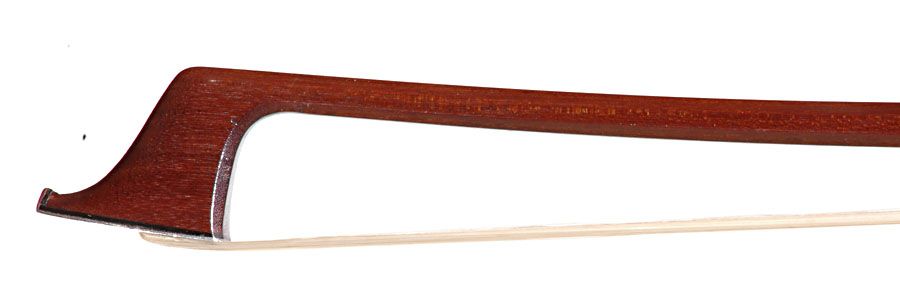The first owner of these fine bows was the German cellist and composer Bernhard Romberg (1767–1841), who almost certainly purchased them directly from Tourte. Romberg was a brilliant performer who helped to transform cello technique through his virtuosic compositions for the instrument. A close acquaintance of Beethoven, he formed a quartet with Beethoven, Franz Ries and his cousin Andreas Romberg. It’s highly probable that the cellist used one of his Tourte bows when playing alongside Beethoven, possibly even in premieres of Beethoven’s quartets.
The bows passed from Romberg to the Italian cellist Alfredo Piatti (1822–1901), who also owned a fine 1720 Stradivari, now one of the best-preserved Stradivari cellos in existence. Upon Piatti’s death, his daughter the Countess of Lochis sold the bows together with the cello to Piatti’s pupil Robert von Mendelssohn (1857–1917), a cousin of the composer Felix Mendelssohn. In 1931 Max Adler, an executive at Sears Roebuck and cultural philanthropist, purchased the bows from the estate of Mendelssohn through Hammig & Co. in Berlin. A decade later they were sold to Edmund Kurtz, principal cellist of the Chicago Symphony and owner of the ‘Haussman’ Stradivari of 1724.
With their strong, square-shaped heads and octagonal sticks, the bows are an early example of the famous Tourte model that was to become the standard for later 19th-century makers such as Peccatte, Lupot and Adam.

